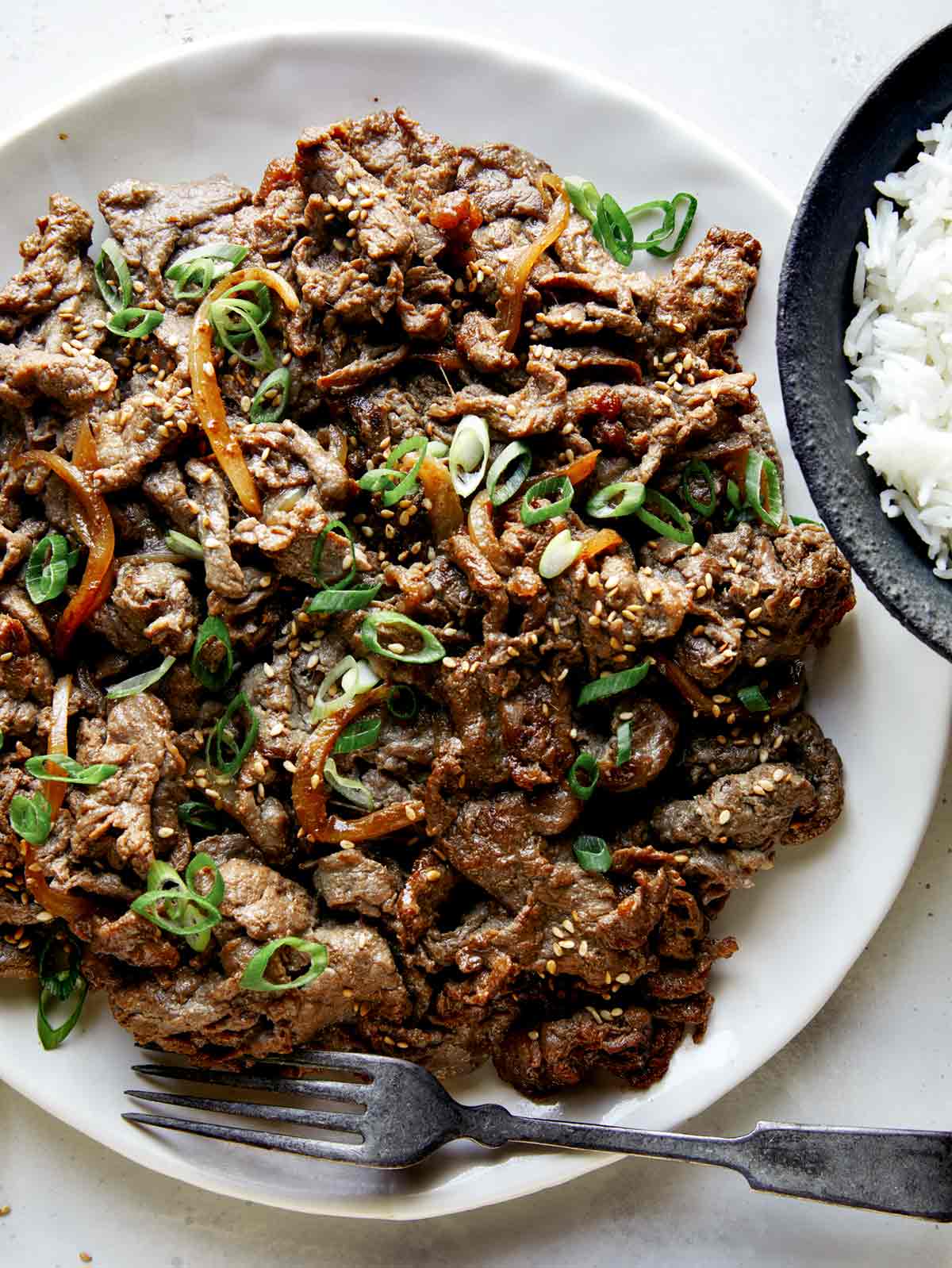Exploring the Various Cuts of Meat: An Overview to Perfect Selections
Exploring the Various Cuts of Meat: An Overview to Perfect Selections
Blog Article
From Farm to Table: Fresh and Premium Meat Choices
The trip of meat from farm to table encapsulates a complex interplay of top quality, principles, and sustainability. This change not only boosts the nutritional profile of meat however also sustains neighborhood economic climates.
Understanding Meat Sourcing
As consumers come to be increasingly mindful of the origins of their food, comprehending meat sourcing has actually gotten critical relevance. Meat sourcing involves mapping the trip of meat from farm to table, including numerous factors such as farming methods, pet welfare, and environmental effect. This awareness equips customers to make informed options that straighten with their worths, particularly relating to sustainability and moral considerations.
The sourcing of meat can vary substantially based upon several requirements, consisting of the kind of livestock, farming methods, and geographical place. For circumstances, grass-fed beef usually comes from pasture-based systems that promote animal welfare and lower ecological destruction. Alternatively, standard meat might entail extensive farming techniques that elevate concerns regarding antibiotic use and habitat destruction.
Moreover, traceability plays an important function in meat sourcing. Understanding the certain farm or region where the meat originates assists customers make sure high quality and security. Numerous consumers now look for qualifications or tags that suggest humane treatment and lasting practices, mirroring an expanding need for transparency in the food supply chain. Ultimately, understanding meat sourcing not just improves customer option however also cultivates liable intake and sustains honest farming practices.
Benefits of Fresh Meat
Picking fresh meat provides countless benefits that extend past flavor and appearance. Fresh meat normally keeps greater nutritional worth compared to its icy or processed counterparts. It is typically richer in vital nutrients, such as B vitamins, iron, and zinc, which are critical for preserving overall wellness.
Moreover, the sourcing of fresh meat typically involves shorter supply chains, lowering the time between ranch and table. This implies that the meat is much less most likely to lose its dietary stability during transport and storage space. Additionally, consumers can experience boosted taste and juiciness, which can raise cooking experiences.
Fresh meat also supplies a possibility for consumers to sustain neighborhood farmers and advertise lasting agricultural methods. When acquiring from local sources, people can add to their local economic climate and cultivate a greater connection to the food they take in.
Last but not least, fresh meat is usually without the chemicals and ingredients frequently discovered in processed alternatives. This makes it a cleaner, healthier alternative for those aiming to decrease their consumption of artificial active ingredients. Generally, the benefits of choosing fresh meat encompass wellness, preference, and a sense of community involvement.
Pet Welfare Criteria
Guaranteeing high pet well-being criteria is vital for both ethical factors to consider and the top quality of meat products. The therapy of animals directly affects not only the moral ramifications of meat production yet likewise the overall top quality and security of completion items. Animals increased in humane problems are less worried, resulting in much healthier animals and, consequently, superior meat top quality.
Laws and certifications worrying animal well-being have actually become progressively significant in the meat market. These frameworks make sure pets are provided with ample space, correct nutrition, and humane handling throughout their lives. Practices such as pasture-raised systems and free-range atmospheres add to much better pet welfare by enabling pets to exhibit natural actions, which is crucial for their health.
Furthermore, customers are coming to be much more critical regarding the sources of their meat, causing an expanding demand for products that follow reference rigorous animal welfare standards. This change not just promotes ethical farming methods yet additionally encourages producers to embrace actions that enhance the health and welfare of their animals. Meat. Inevitably, prioritizing pet well-being is not simply a moral imperative; it is also a pathway to creating premium-quality meat that satisfies customer assumptions

Lasting Farming Practices
Sustainable farming practices play an essential role in boosting both animal welfare and the top quality of meat products. These techniques emphasize the value of environmental stewardship, honest therapy of livestock, and resource performance. By executing rotational grazing, farmers can promote healthy and balanced pasture environments, allowing animals to eat nutrient-rich grasses while stopping overgrazing. This approach not only supports animal health and wellness yet also enhances the dirt, lowering the requirement for artificial fertilizers.
Additionally, sustainable farming typically integrates incorporated parasite monitoring and natural feed click site options, minimizing making use of damaging chemicals. This technique not just safeguards animal well-being yet also causes cleaner, more secure meat products for consumers. Water conservation techniques, such as rainwater harvesting and efficient watering systems, even more contribute to sustainable practices, guaranteeing that resources are used sensibly.
Furthermore, fostering biodiversity through polyculture systems and preserving environments for wild animals improves the durability of farming environments. By prioritizing these lasting techniques, farmers can create premium meat that satisfies consumer need while advertising environmental balance. Inevitably, welcoming sustainable farming practices is essential for developing an extra accountable and durable food system that benefits animals, farmers, and customers alike.
Deciding On Quality Over Amount
Regularly, consumers are confronted with the issue of choosing between amount and quality when it comes to meat items. While purchasing bigger amounts may seem financially beneficial, the lasting advantages of choosing high-grade meat far outweigh the instant savings. Quality meat is usually sourced from animals elevated in sustainable settings, where they are given appropriate nutrition and treatment, leading to premium flavor and dietary value.
Top notch meats are generally cost-free from damaging ingredients, hormones, and anti-biotics that are frequently existing in mass-produced options (Meat). This not only guarantees a much healthier dining experience however additionally supports honest farming techniques that prioritize animal well-being. Additionally, premium meats often tend to have a better texture and taste, boosting the total culinary experience
Purchasing quality meat motivates customers to value smaller portions, permitting an extra conscious method to eating. This change not just influences personal health positively yet additionally advertises sustainable consumption patterns that can benefit the atmosphere. Finally, focusing on quality over quantity when selecting meat products promotes a much more accountable and health-conscious way of living, inevitably improving both the dining experience and the planet.
Conclusion

Report this page